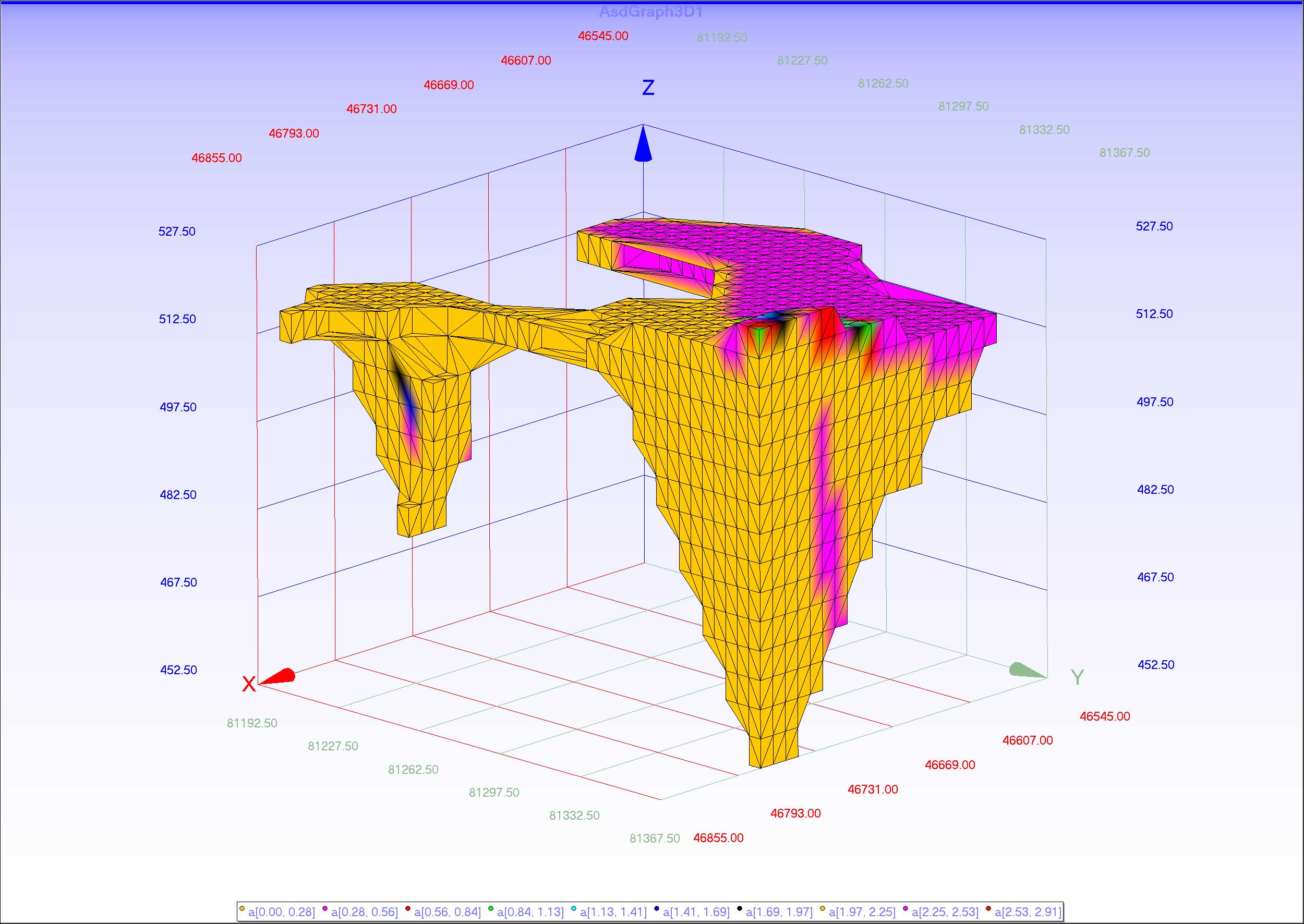

You can see a vertex buffer object containing the vertices for two triangle strip rows. Since each neighbour strip shares one row of vertices, we will end up repeating a lot of vertices with a vertex buffer. For example, a heightmap can be broken down into a series of triangle strips. The downside to vertex buffers come when we use many of the same vertices over and over again. Contemporary articles suggest interleaving the data and making sure it’s aligned to 4-byte boundaries for better performance. We can use separate buffers for each attribute, such as positions and colors, or we can use a single buffer and interleave all of the data together. In the previous lesson, we learned that a vertex buffer object is simply an array of vertex data which is directly rendered by OpenGL. Let’s get started with the fundamental difference between vertex buffer objects and index buffer objects: Vertex buffer objects and index buffer objects How to join together triangle strips using degenerate triangles, and render an entire height map in a single rendering call.


The difference between using vertex buffer objects only, and using vertex buffer objects together with index buffer objects.In this lesson, we’ll learn about index buffer objects, and go over a practical example of how to use them. We also learned how to work around Froyo’s broken OpenGL ES 2.0 bindings. We learned about the difference between client-side memory and GPU-dedicated memory, and the difference between storing texture, position and normal data in separate buffers, or altogether in one buffer. In our last lesson, we learned how to use vertex buffer objects on Android.


 0 kommentar(er)
0 kommentar(er)
